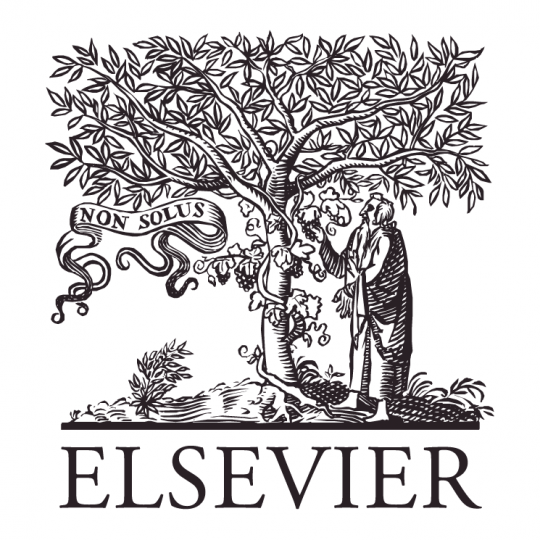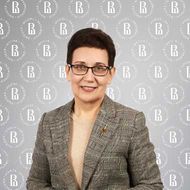- A
- A
- A
- ABC
- ABC
- ABC
- А
- А
- А
- А
- А
- HSE University
- Faculties
- Faculty of Economic Sciences
- School of Finance
- News
- Victoria Dobrynskaya, the School of Finance Assistant Professor, co-authored the article in Research in International Business and Finance Journal
-
The School
- ABOUT
- Staff Members
- Doctoral Students
- Joint Departments with Partner Companies
-
RESEARCH ACTIVITIES
- Laboratories
- Series “Advanced Studies in Emerging Market’s Finance” at Springer Nature o Networking with International Academic Associations
- Networking with International Academic Associations
- Journal of Corporate Finance Research
- Research Seminars
- International PhD Workshop
- International Seminar “Systemic Risks in the Financial Sector”
- International Conference «ESG Corporate Dynamics: the Challenges for Emerging Capital Markets»
- Yasin (April) International Academic Conference
-
RESEARCH WORKING GROUPS
- Research Working Group "Innovations in the Banking Sector, its Financial Stability and Prudential Regulation"
- BUSINESS EDUCATION
- Networking with Business Associations
- Networking with Professional Associations
-
DATABASES
-
119049 Moscow, Russia
11 Pokrovskiy boulevard, room S629
Phone:
+7 (495) 772-95-90*27447, *27947, *27190
+7 (495) 916-88-08 (Master’s Programme Corporate Finance)
- Email: df@hse.ru
Head of Corporate Finance Research Center, Dr., tenured professor
The HSE School of Finance is the leading Russian competence center in the field of corporate finance, business valuation, banking, stock market, risk management and insurance, accounting and audit.
HSE is the first Russian university in the global ranking "QS - World University Rankings by subject", 2022 in the subject area of Accounting and Finance. Moreover, the university is the 1-st in the rating "THE World University Rankings by subject" in the subject area of Business & Management Studies, 2022
Grishunin S., Ivashkovskaya I., Brendeleva N. et al.
Journal of Corporate Finance Research. 2025. Vol. 19. No. 1. P. 25-40.
Badr I., Rawnaa Ibrahim, Hussainey K.
In bk.: Opportunities and Risks in AI for Business Development. Vol. 2: 546. Bk. Opportunities and Risks in AI for Business Development. Prt. 636. Springer, 2025. P. 385-399.
Financial Economics. WP HSE. HSE University, 2025. No. 1/FE/2025.

Victoria Dobrynskaya, the School of Finance Assistant Professor, co-authored the article in Research in International Business and Finance Journal

The School of Finance assistant professor Victoria Dobrynskaya co-authored the article “Lego: The Toy of Smart Investors”, which was published in the latest issue of “Research in International Business and Finance” journal.
Abstract:
We study financial returns on alternative collectible investment assets, such as toys, using LEGO sets as an example. Such iconic toys with diminishing over time supply and high collectible values appear to yield high returns on the secondary market. We find that LEGO investments outperform large stocks, bonds, gold, and alternative investments, yielding an average return of at least 11% (8% in real terms) in the sample period 1987–2015. LEGO returns are not exposed to market, value, momentum, and volatility risk factors but have an almost unit exposure to the size factor. A positive multifactor alpha of 4%–5%, a Sharpe ratio of 0.4, a positive return skewness, and low exposure to standard risk factors make the LEGO toy and other similar collectibles an attractive alternative investment with good diversification potential.
- About
- About
- Key Figures & Facts
- Sustainability at HSE University
- Faculties & Departments
- International Partnerships
- Faculty & Staff
- HSE Buildings
- Public Enquiries
- Studies
- Admissions
- Programme Catalogue
- Undergraduate
- Graduate
- Exchange Programmes
- Summer Schools
- Semester in Moscow
- Business Internship
-
https://elearning.hse.ru/en/mooc/
Massive Open Online Courses
-
https://www.hse.ru/en/visual/
HSE Site for the Visually Impaired
-
http://5top100.com/
Russian Academic Excellence Project 5-100
- © HSE University 1993–2025 Contacts Copyright Privacy Policy Site Map
- Edit




